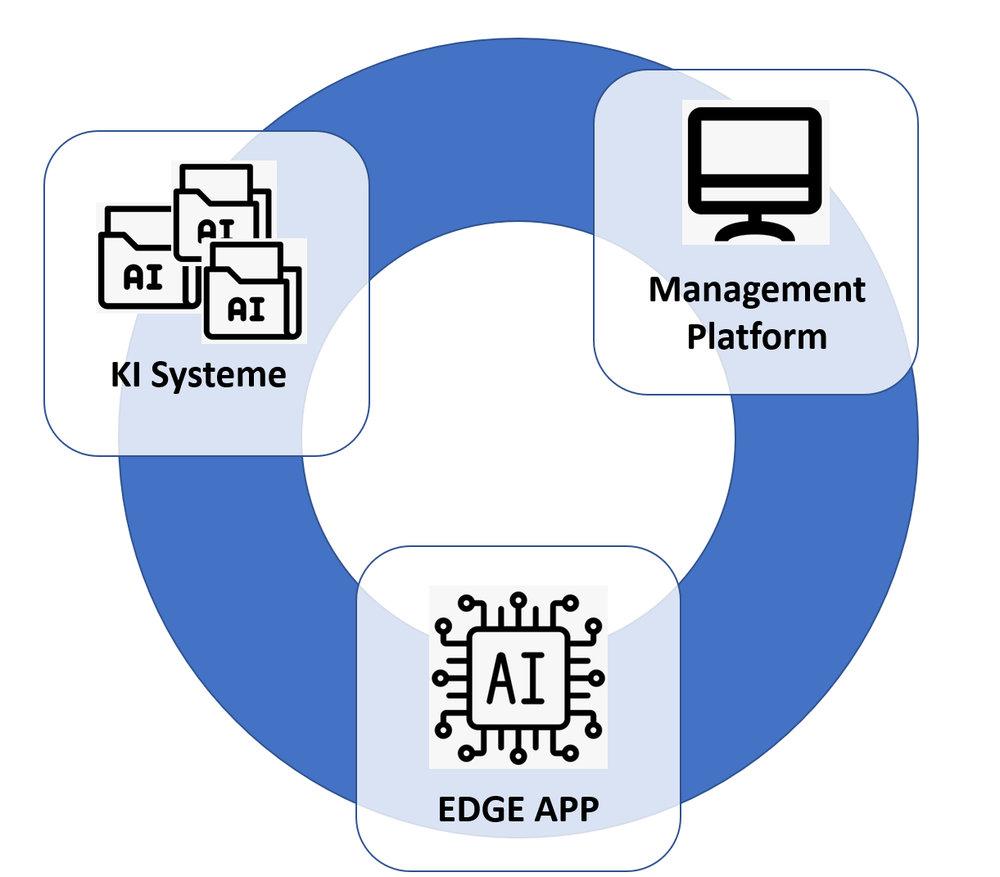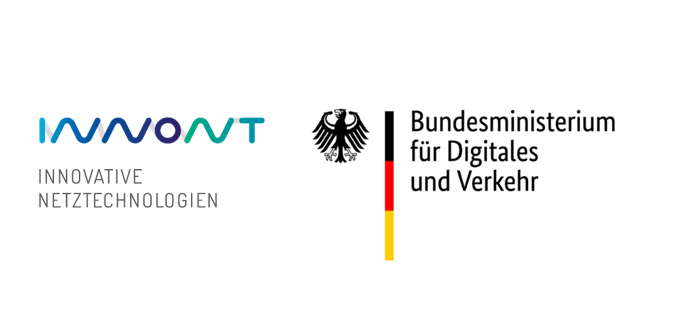SLKI
Monitoring safety-critical infrastructure with AI
Autonomous sensors are ubiquitous today. In particular, critical infrastructures such as energy, transport and information technology are increasingly deploying autonomous sensors to provide sufficient and up-to-date data at all times. However, the efficient use of the collected data still has great potential for development. In the Second Level AI in Switches (SLKI) project, the DLR Institute for AI Safety and Security is working with the company BREUER Nachrichtentechnik GmbH and the Rhineland-Palatinate Technical University Kaiserslautern-Landau (RPTU) on the effective use of autonomously collected sensor data from Deutsche Bahn's rail network. The sensors measure local acceleration values at over 600 points in the Deutsche Bahn network when a train passes over the points or a large force is applied spontaneously to the sensor.
The aim of the project is to develop a decentralised infrastructure that enables the fully automatic detection of various conditions relevant to railway operations. These include in particular sabotage, train or track faults and track utilisation. In principle, it should be possible to distinguish between known conditions (classification) and previously unknown conditions (anomalies). The evaluation is carried out by AI systems trained for the use case, which operate in the EDGE computing of the mobile network and are thus able to detect sabotage and faults within the shortest possible reaction time. At the same time, the system is designed to be robust against external attacks.
Contribution Institute for AI Safety and Security
The institute is mainly working on AI algorithms for three specific use cases:
- Analysis of track utilisation through axle counting and classification of trains
- Early detection of anomalies on trains
- Detection of sabotage
In particular, uncertainty estimates are developed for all AI algorithms used to ensure that the analysis and detection algorithms make reliable statements. This will ensure that not only the AI is able to assess the certainty of the analysis at any time, but also that the human actors have a basis for decision-making when it comes to intervening in the critical infrastructure. The aim is also to create a standardised, open architecture that can be used to monitor other critical infrastructures.

The other project participants are developing an enhanced mobile radio standard, including proposals for secure communications technology for critical infrastructure and specifications for EDGE technologies for critical infrastructure monitoring. In combination with the AI models developed by the AI Institute for detecting sabotage, track use and defects on trains, a reliable and secure overall system for railway infrastructure monitoring will be created. The fully automated detection and analysis of mechanical impacts on the track infrastructure will also make it possible to detect acts of sabotage at an early stage. The project thus contributes to the stabilisation of the critical infrastructure of the rail network and to the reliability of rail transport.
The SLKI project is funded by the Federal Ministry for Digital and Transport as part of the InnoNT - Innovative Network Technologies funding programme.

German Federal Ministry for Digital and Transport

